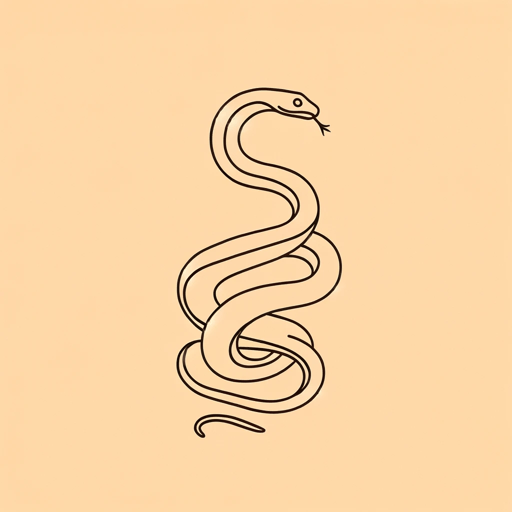44 pages • 1 hour read
Arthur Conan DoyleThe Sign of the Four
Fiction | Novel | Adult | Published in 1890A modern alternative to SparkNotes and CliffsNotes, SuperSummary offers high-quality Study Guides with detailed chapter summaries and analysis of major themes, characters, and more.
Symbols & Motifs
India
Content Warning: This section contains outdated and offensive language and racist stereotypes.
The many references to India throughout the story form a motif that helps to reinforce the theme of British Imperialism and Its Impact. These references include the Sholto family’s many Indian (“Hindu”) servants, such as the “Hindu servant, clad in a yellow turban, white loose-fitting clothes, and a yellow sash” (24), who first answers the door at Thaddeus’s home. Additionally, Thaddeus’s study is decorated with Indian and Asian artifacts like a “carpet of amber and black,” “two great tiger-skins” meant to mimic “Eastern luxury,” and a “huge hookah” (26).
The motif of India also appears in Mary’s first account of her father’s disappearance, when she describes Morstan’s post as a British guard on the Andaman Islands (off the coast of India). There is also the diagram Mary shows to Holmes, which is drawn on paper of “Indian manufacture,” the repetition of several “Hindu” and “Mohammedan” names, the (highly offensive) account of the native population of the Andaman Islands, and finally the Agra treasure itself. These many references build up over the course of the novel as evidence of British imperial power in India.
Related Titles
By Arthur Conan Doyle

A Case Of Identity
Arthur Conan Doyle

A Scandal in Bohemia
Arthur Conan Doyle

A Study in Scarlet
Arthur Conan Doyle

His Last Bow
Arthur Conan Doyle

The Adventure of the Speckled Band
Arthur Conan Doyle

The Adventures of Sherlock Holmes
Arthur Conan Doyle

The Hound of the Baskervilles
Arthur Conan Doyle

The Lost World
Arthur Conan Doyle

The Valley of Fear
Arthur Conan Doyle

